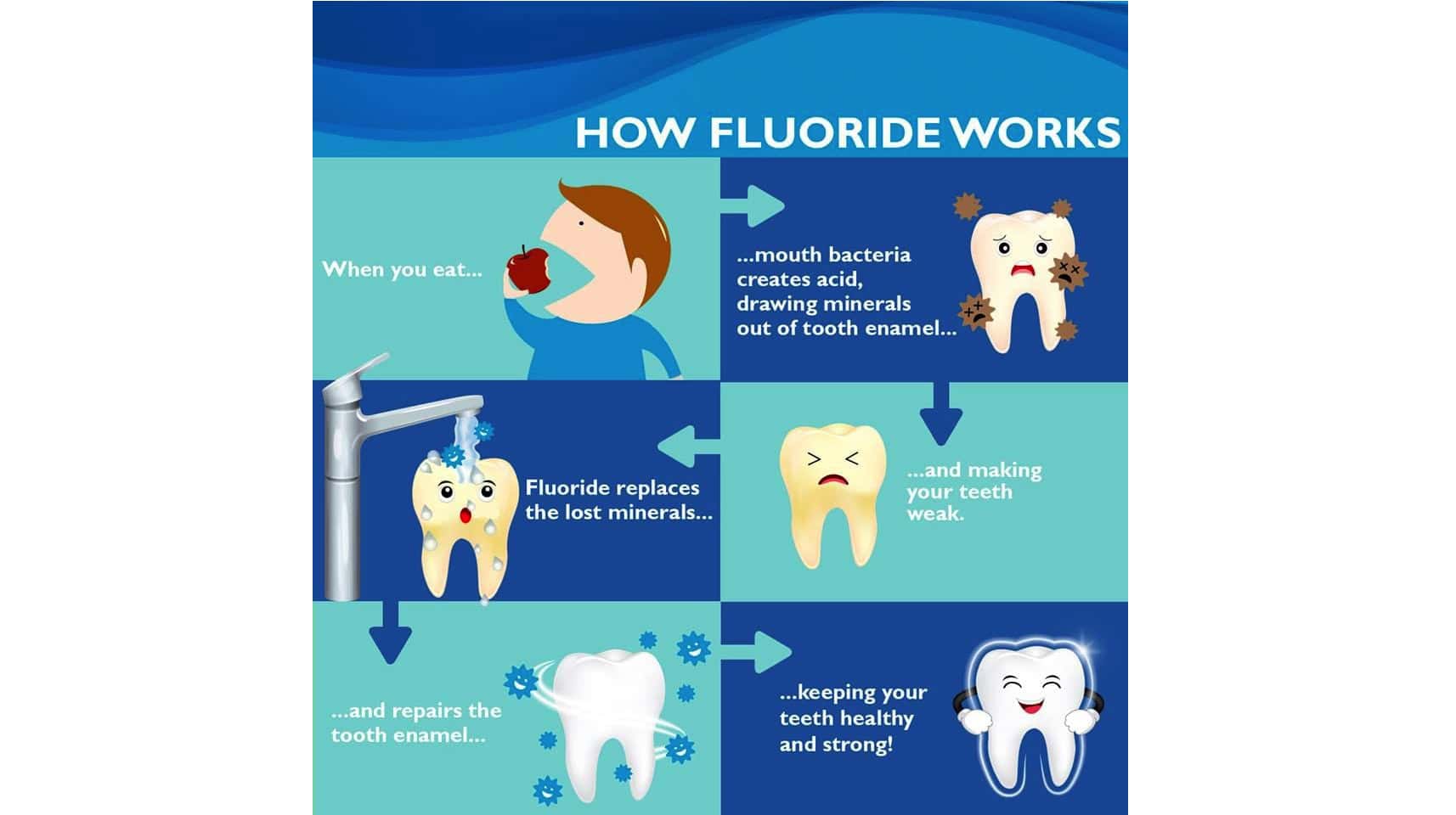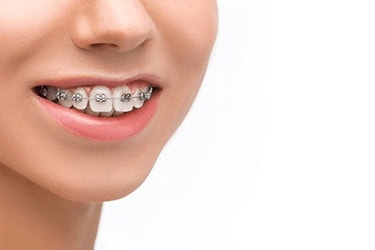Is fluoride really safe for your child?
Let’s bust the most common myths about fluoride together:
Fluoride varnish therapy is the use of fluoride for medical purposes. Fluoride supplements are recommended to prevent tooth decay in children older than six months in areas where the drinking water is low in fluoride. It is typically used as a liquid, pill, or paste by mouth. Fluoride has also been used to treat a number of bone diseases.
Fluoride therapy has a beneficial effect on the prevention of dental caries. Fluoride toothpaste, with concentrations of 1000 ppm and above, reduces the risk of dental caries in school-aged children and adolescents. As primary teeth are being developed, the ingestion of fluoride causes the teeth to form stronger and more resistant to cavities, although this increases the risk of dental fluorosis.
Water and milk fluoridation are two forms of systemic fluoride therapy that are effective at preventing dental cavities.
Fluoride is a natural mineral.
It has been proven to reduce cavities and is endorsed by the World Health Organization to improve oral health. Brushing with fluoride toothpaste is the most effective way to lower your child’s risk of cavities.
Fluoride is not harmful!
On the contrary, fluoride strengthens developing teeth and protects adult teeth from cavities. It also helps remineralise enamel after consuming sugary foods.
With fluoride, your child’s teeth will be stronger and more resistant to decay.
Fluoridated water is safe.
In the UK, fluoride in drinking water helps reduce childhood cavities by 15% and lowers hospital visits by 45%! Water fluoridation is supported by the Department of Health in England, and it is not linked to serious health risks like cancer or kidney stones.
⚠️ Fluoride causes side effects only when consumed excessively.
To avoid fluorosis, in toddlers (children under 3) should use a smear of toothpaste and, from ages 3 to 6, a pea-sized amount. Be sure your child doesn’t swallow the toothpaste.
Fluoride varnish has practical advantages over gels in ease of application and use of smaller volume of fluoride than required for gel applications. The principle of fluoride varnish is to apply fluoride salt in a very high concentration (approximately 50,000 ppm) onto the surface of the teeth. Fluoride varnish is a resin-based application that is designed to stay on the surface of the teeth for several hours. As this varnish rests on the tooth’s surface, saliva dissolves the fluoride salt, which in turn allows fluoride ions to be released and absorbed by the teeth and soft tissues. Later, the fluoride is re-released into the oral cavity from these reservoirs which acts as a cavity prevention. Currently, there is also no published evidence that indicates that professionally applied fluoride varnish is a risk factor for enamel fluorosis. The varnish is applied with a brush and sets within seconds.
Fluoride varnish has shown to be effective in reducing initial dental decay lesions in both primary and permanent dentition. Application of fluoride varnish every six months is effective in preventing dental caries in primary and permanent teeth of children and adolescents.

RDN, LCFI, DNP
Practice Manager





